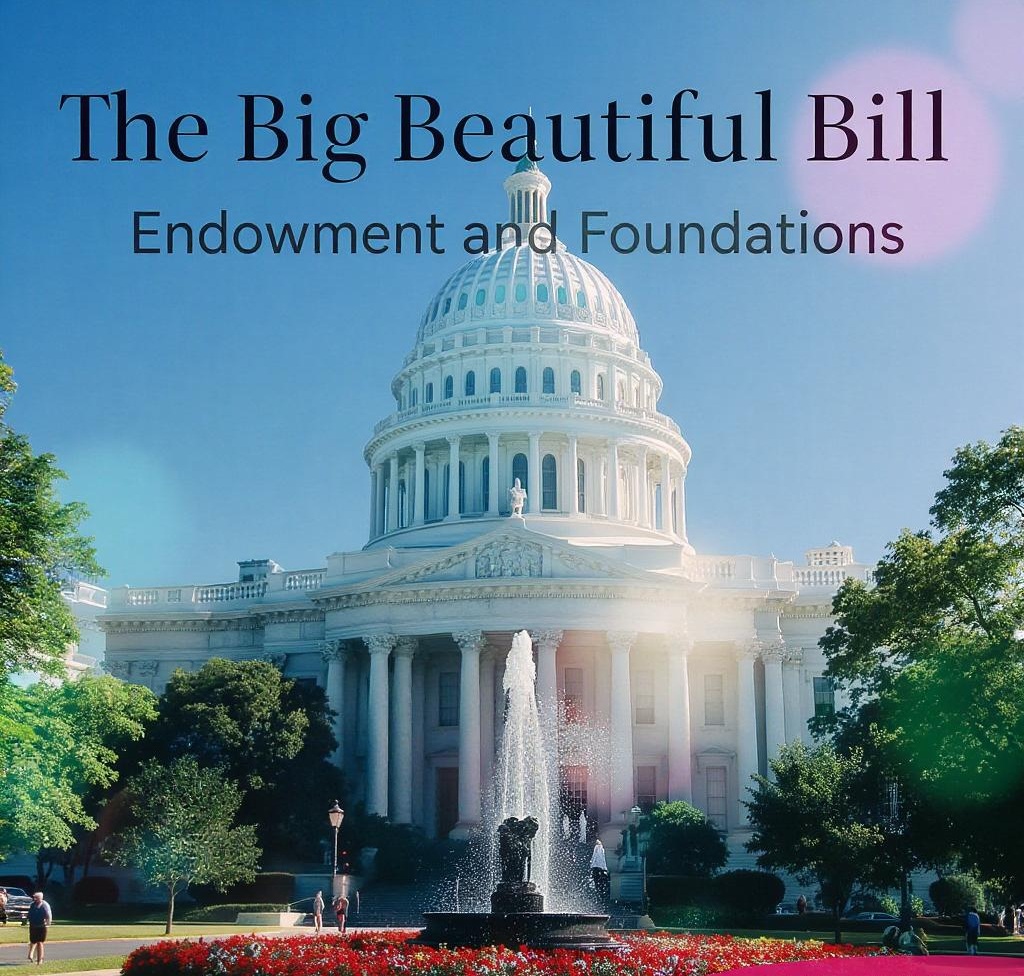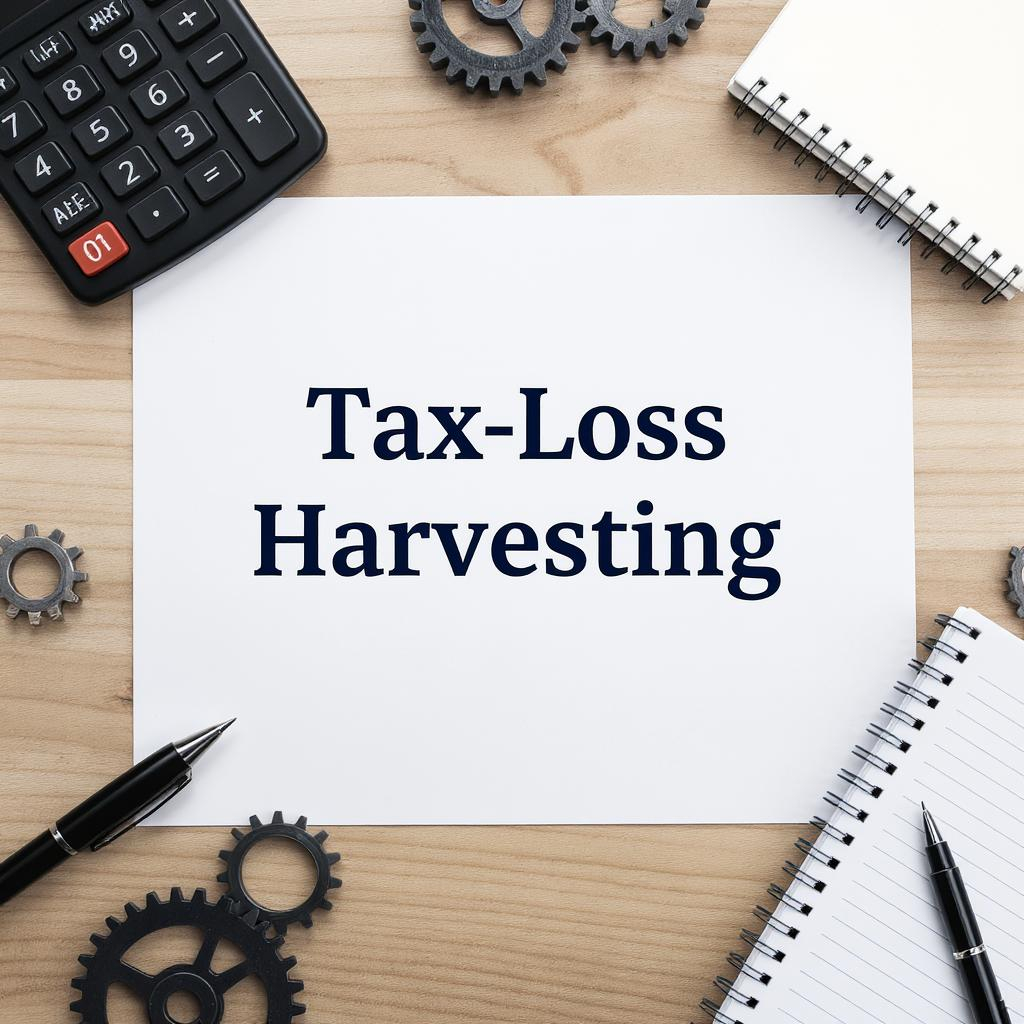The financial world for endowments and foundations just got a wake-up call. The “One Big Beautiful Bill Act,” or OBBB, signed into law on July 4, 2025, isn’t just another piece of legislation—it’s a fundamental change to the economics of large-scale charitable investing. Starting in 2026, a new excise tax regime will profoundly impact how major institutions manage their portfolios, a change that will have an immediate and compounding effect.
Important clarification: The OBBB Act specifically targets private foundations and university endowments. Donor-advised funds (DAFs), community foundations, and operating charities are NOT affected by these new excise tax rules. These charitable vehicles continue to operate under the previous tax framework and remain exempt from the progressive rate structure described below.
For any private foundation or university endowment with assets over $50 million, this isn’t a minor adjustment; it’s a call to action. The drag on returns will snowball, impacting future grants and mission-driven spending. Here’s a deep dive into what changed, why it matters, and the advanced strategies you can use to respond.









